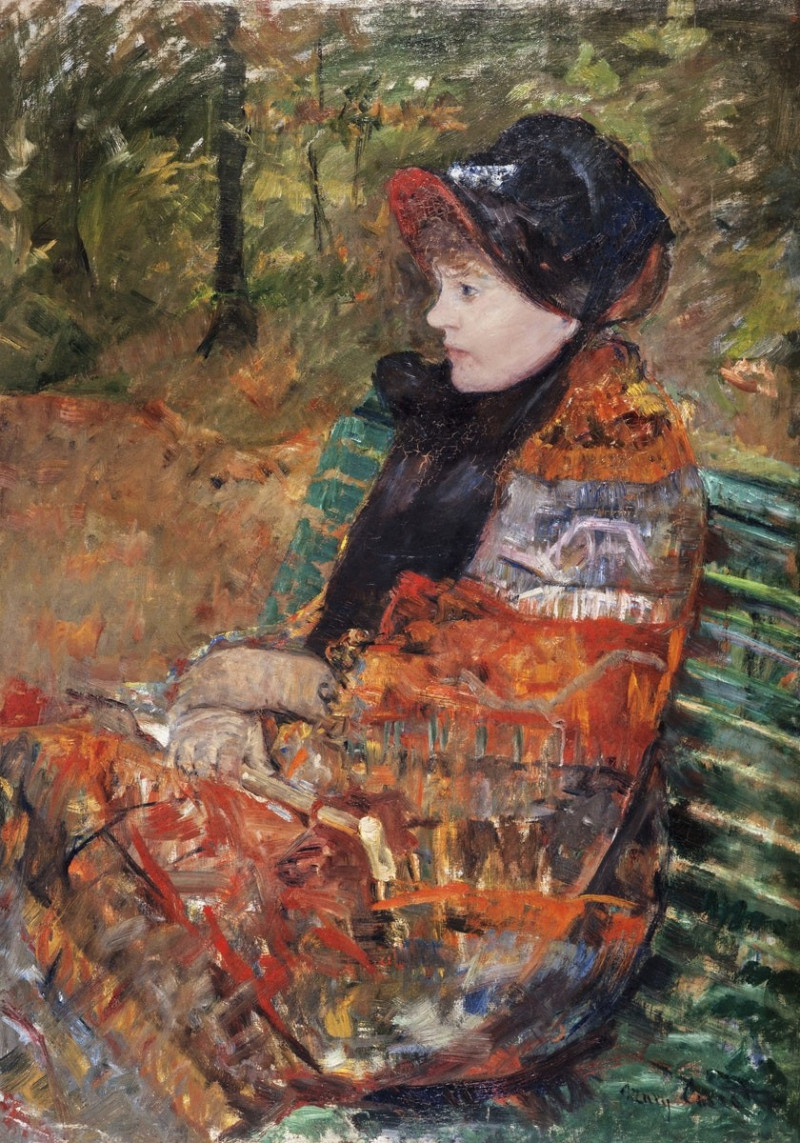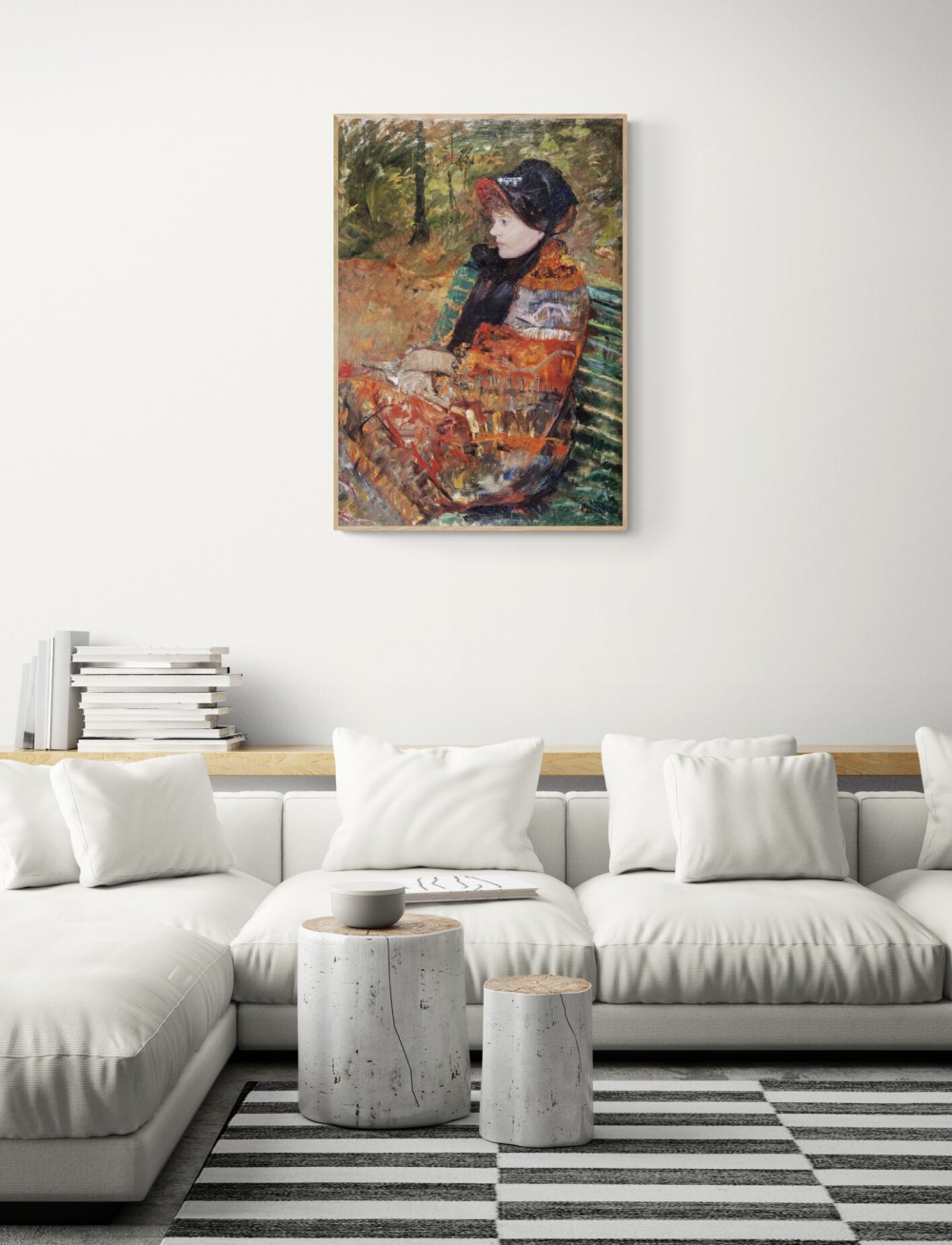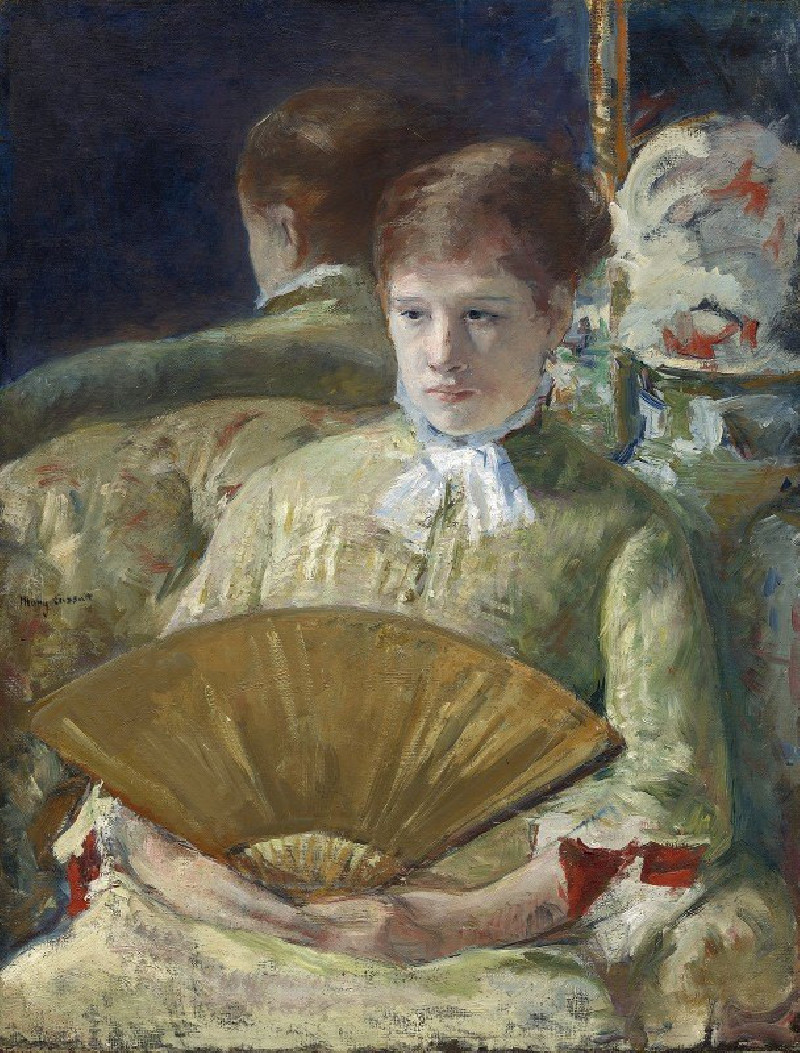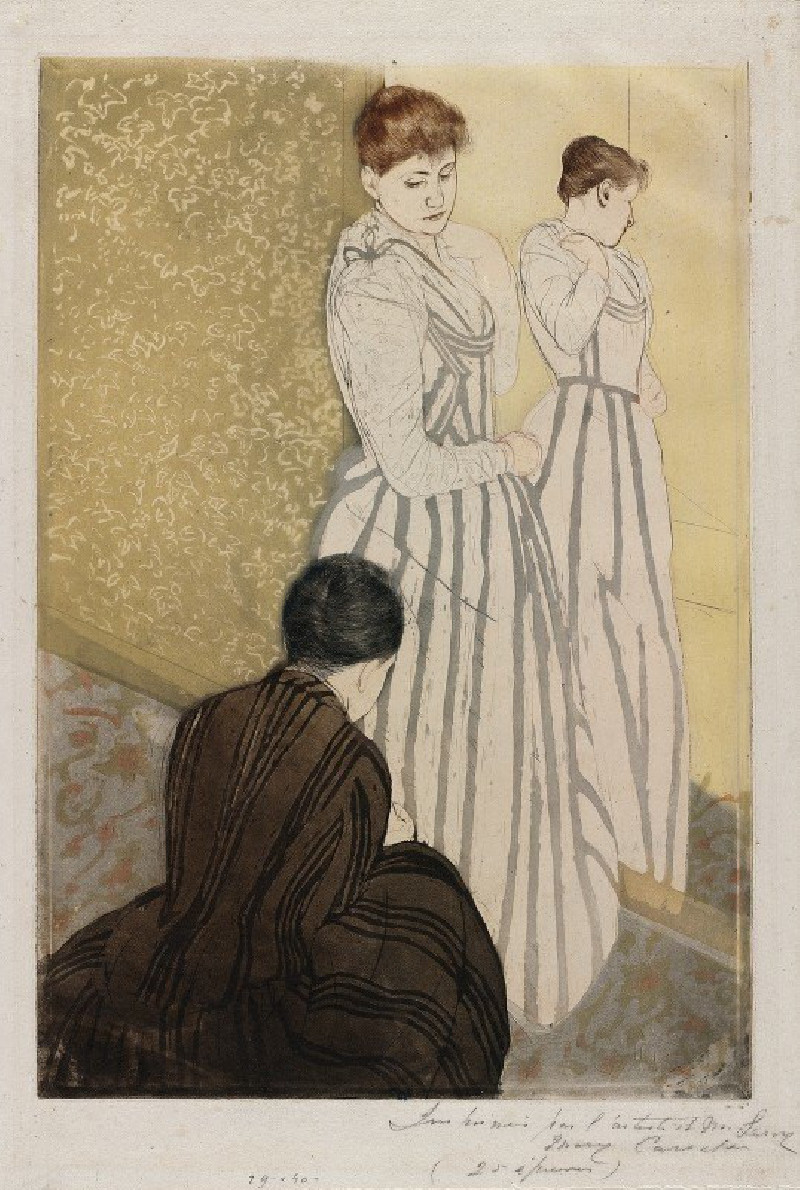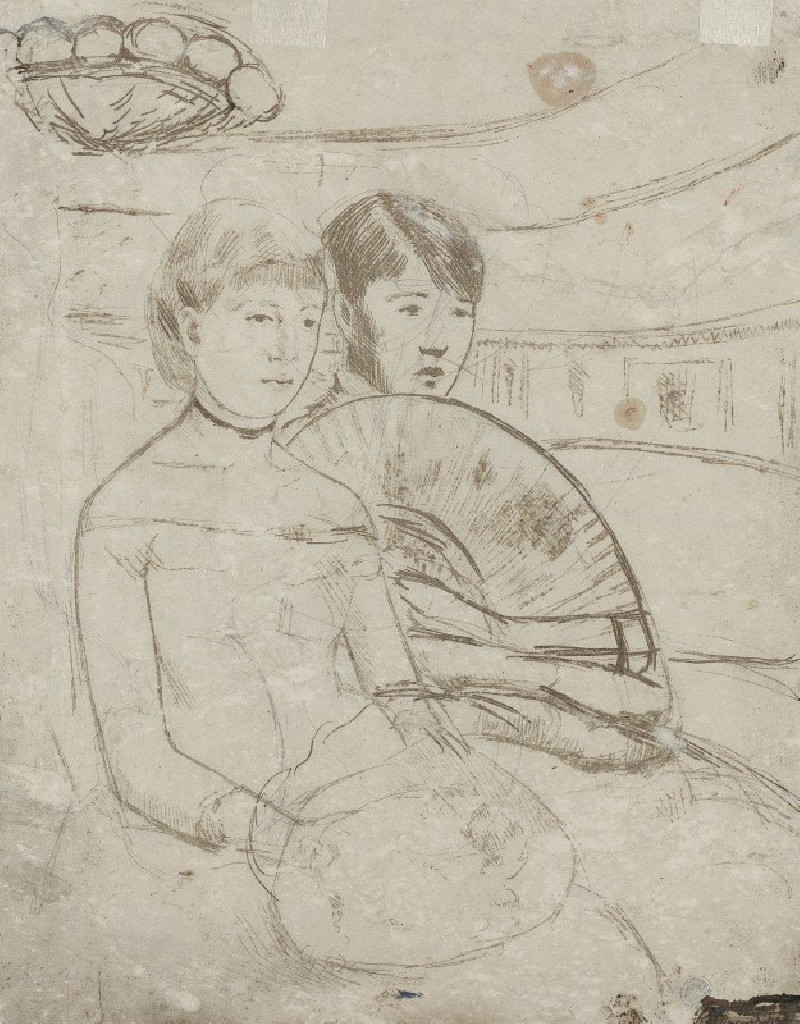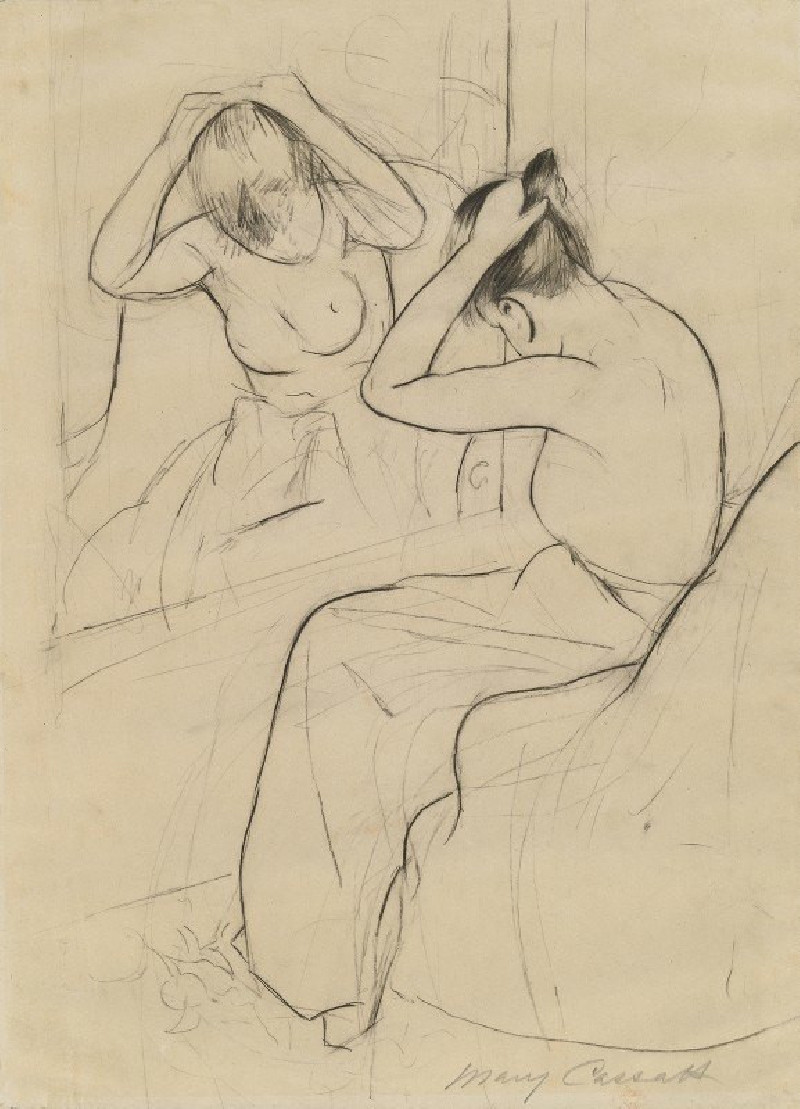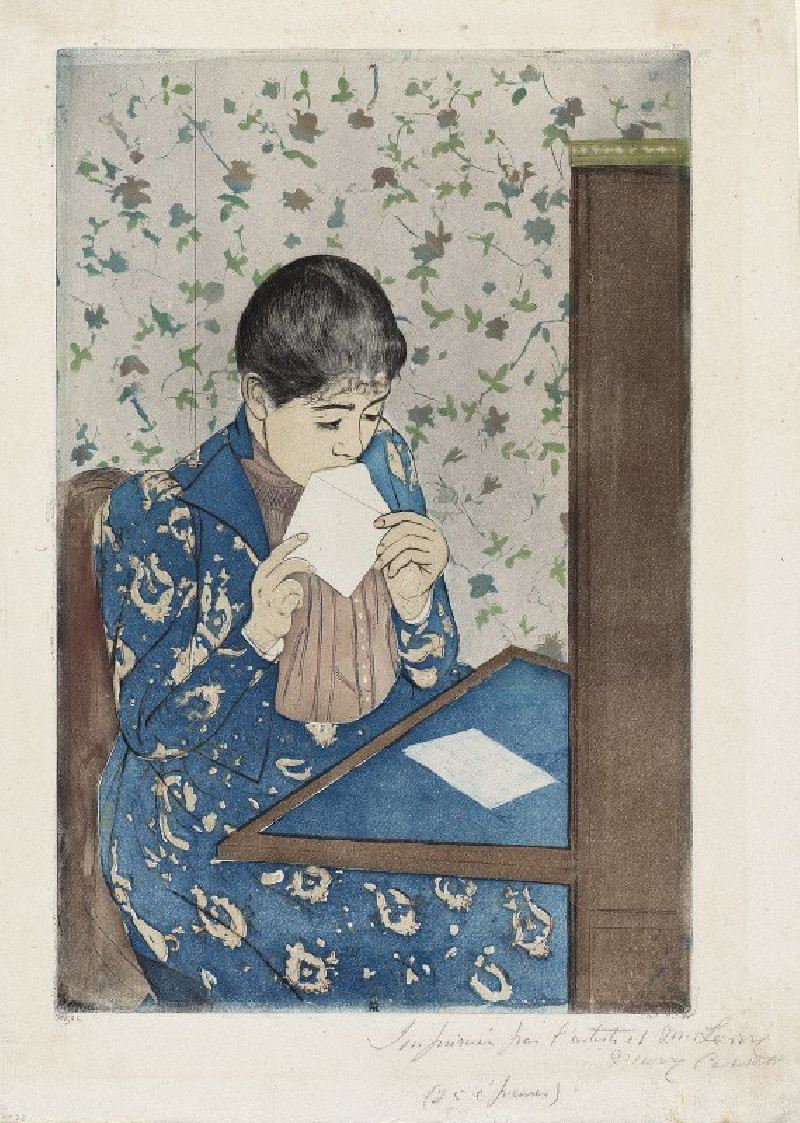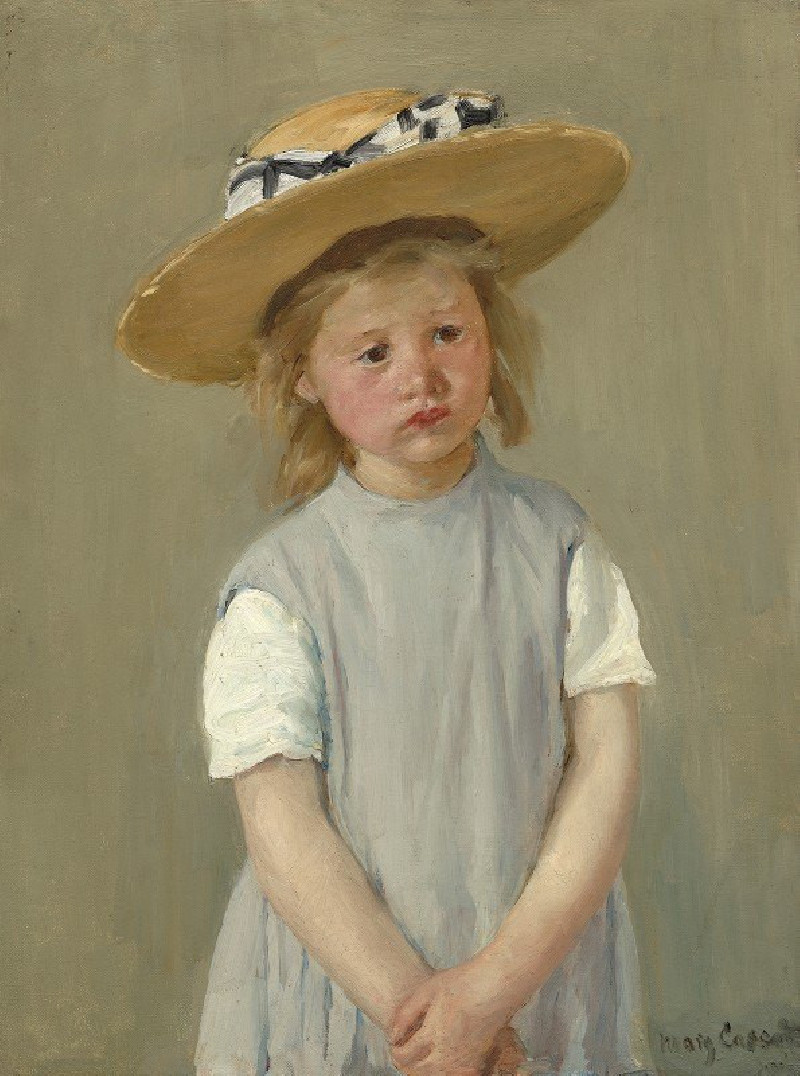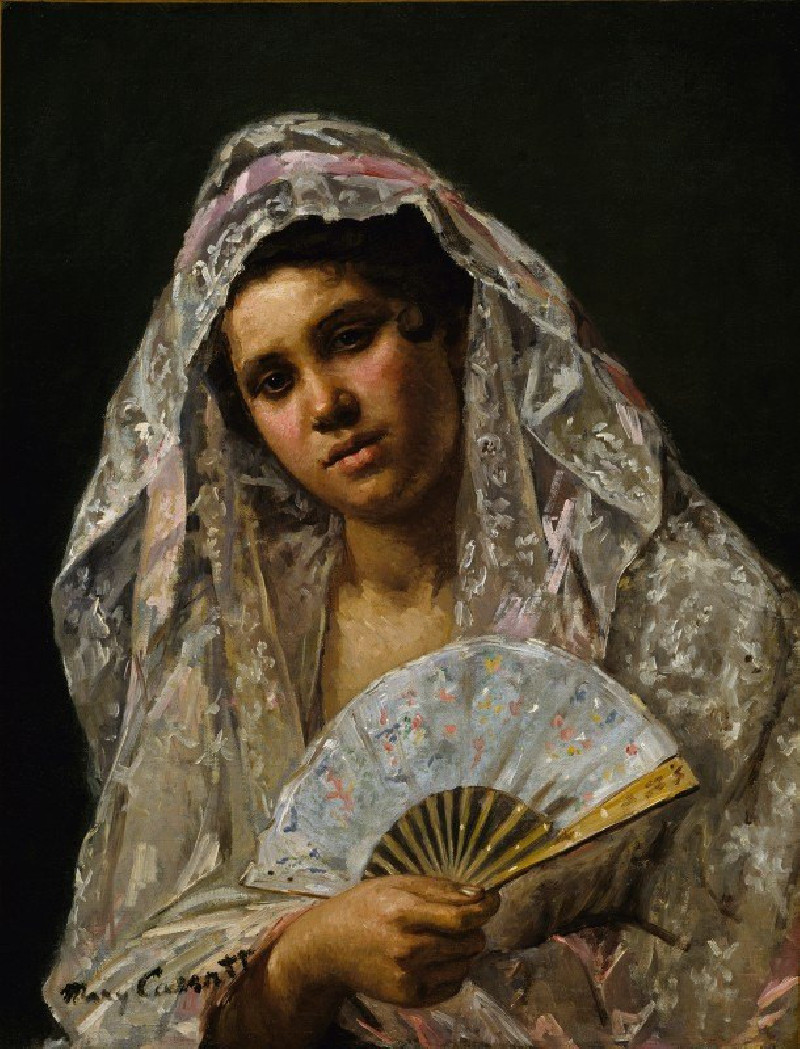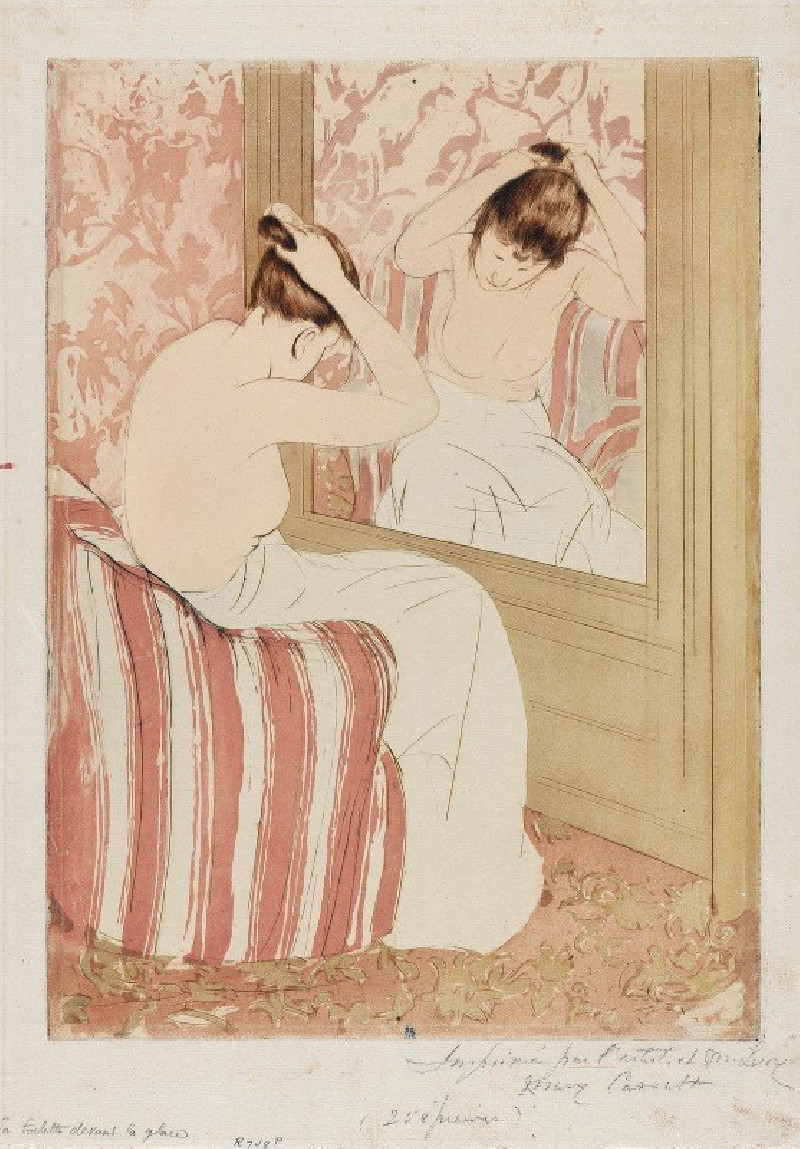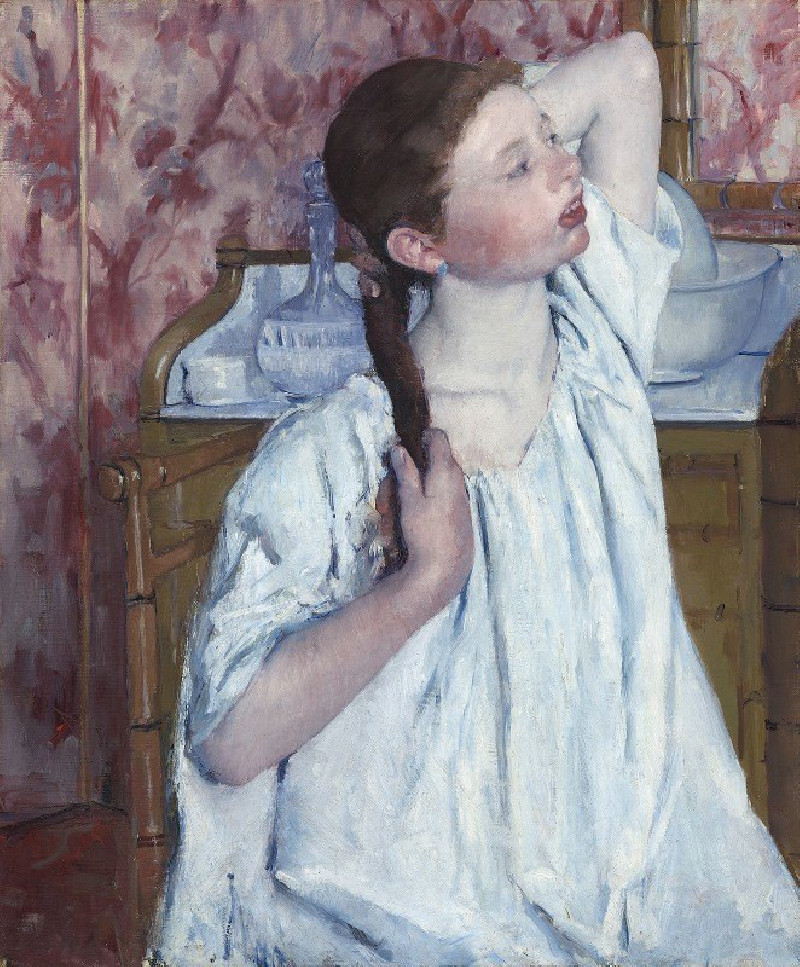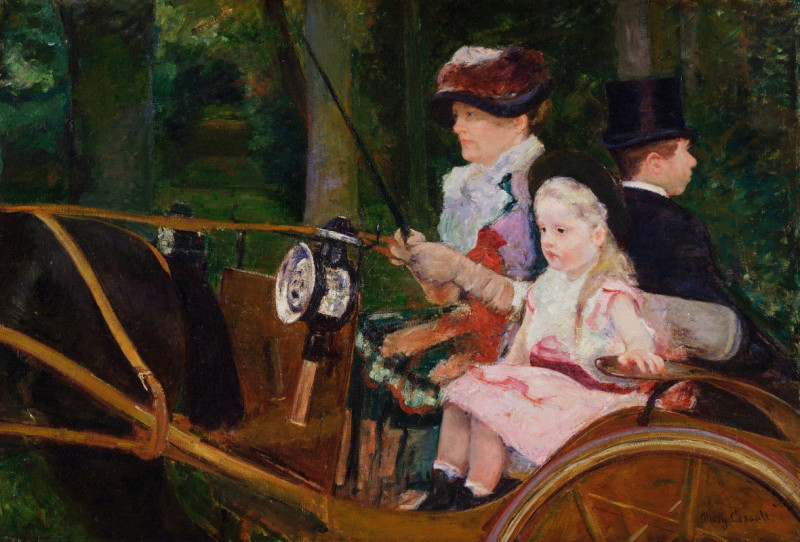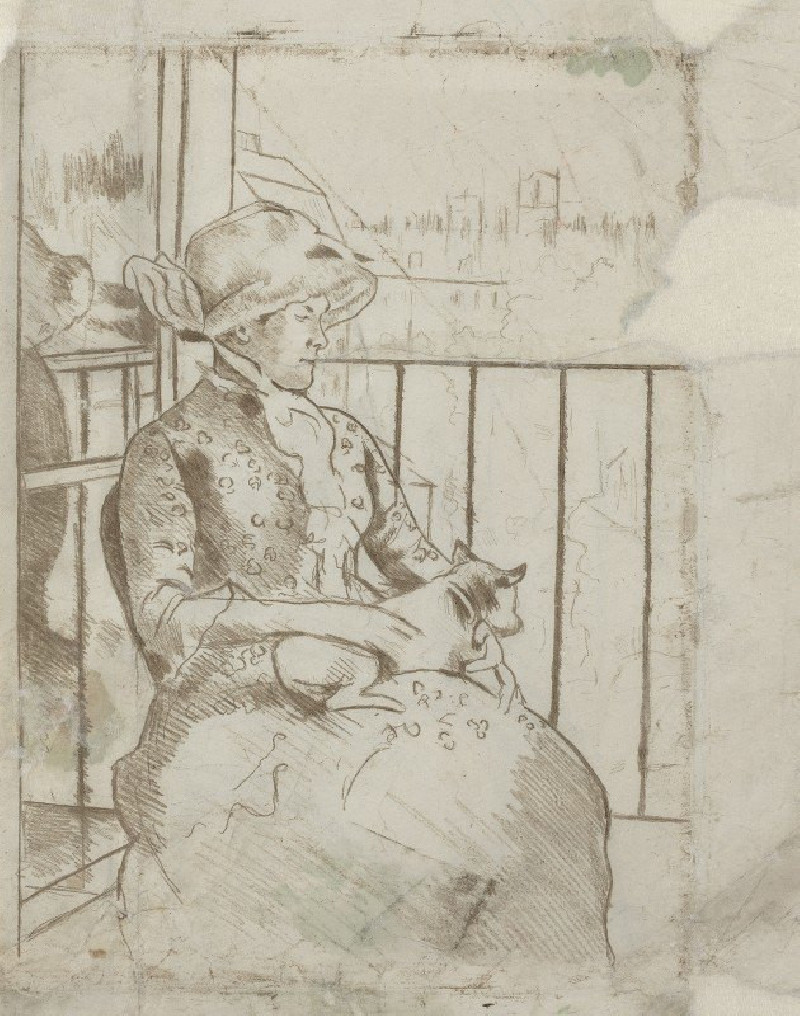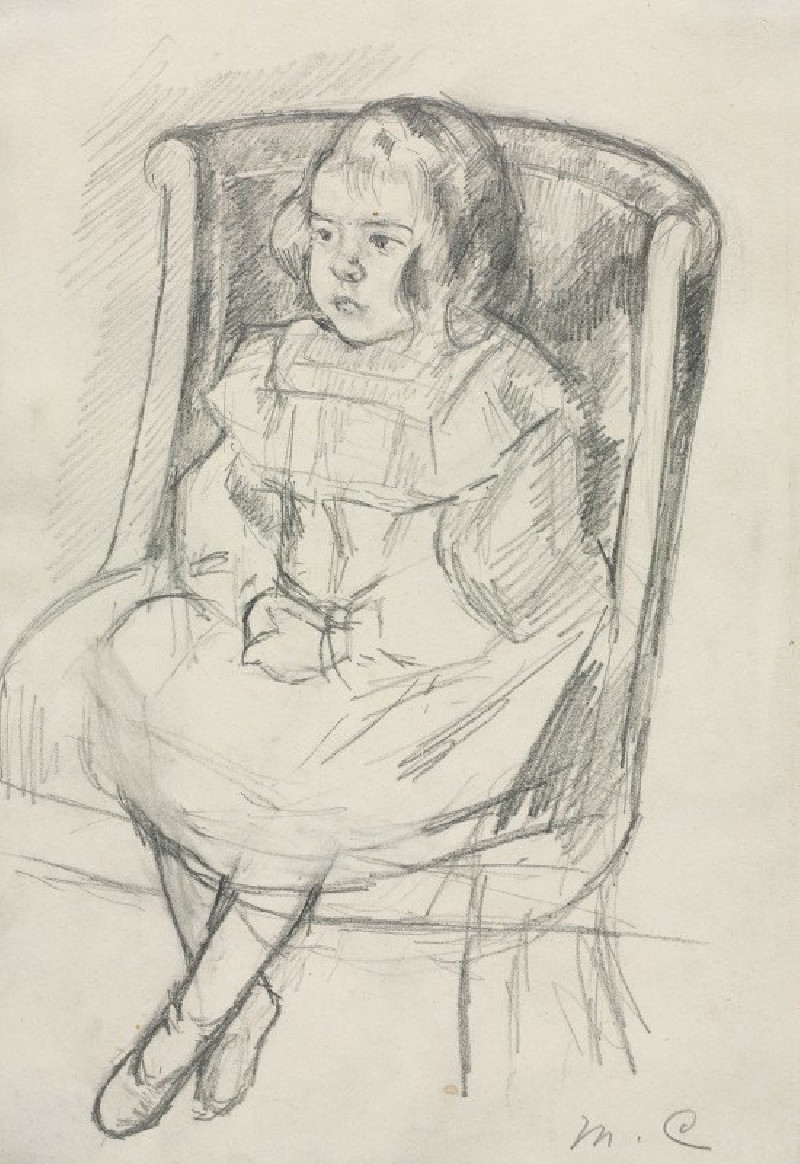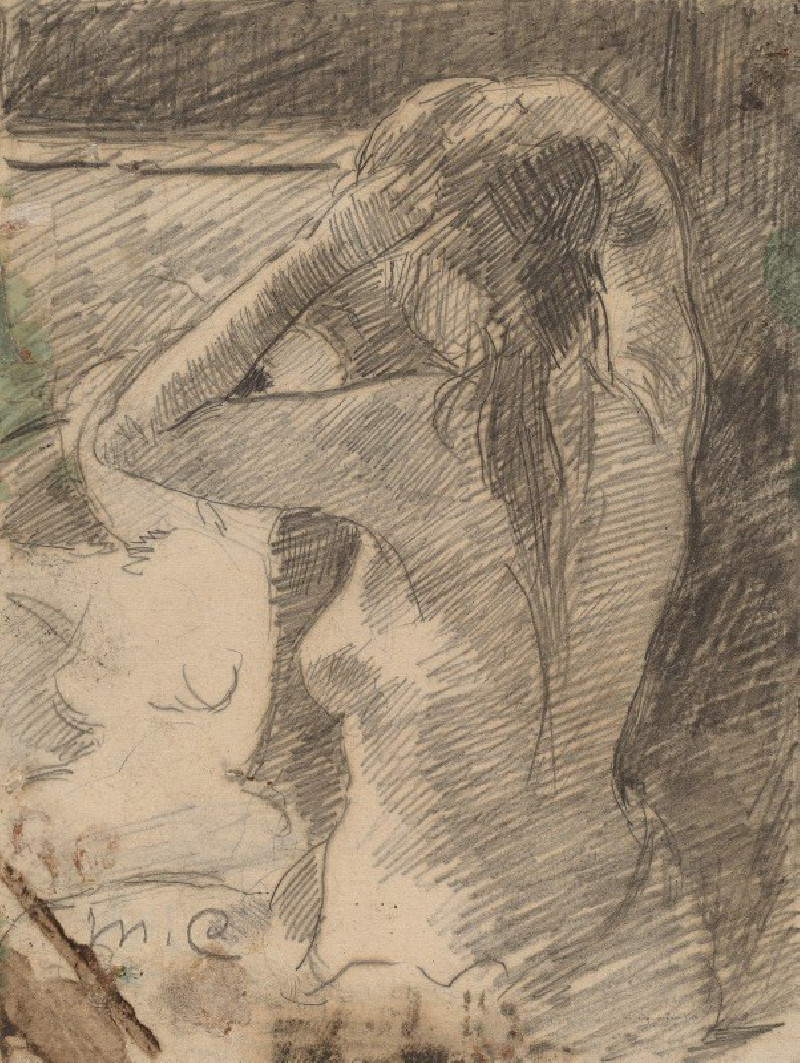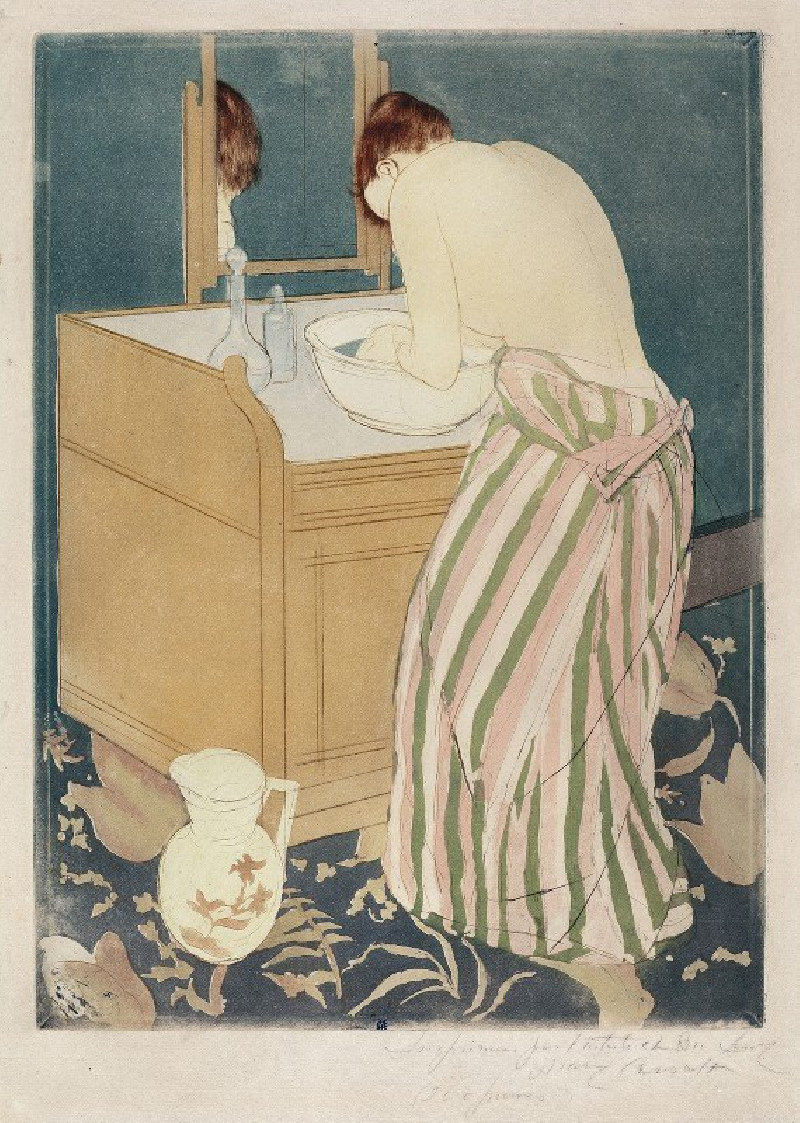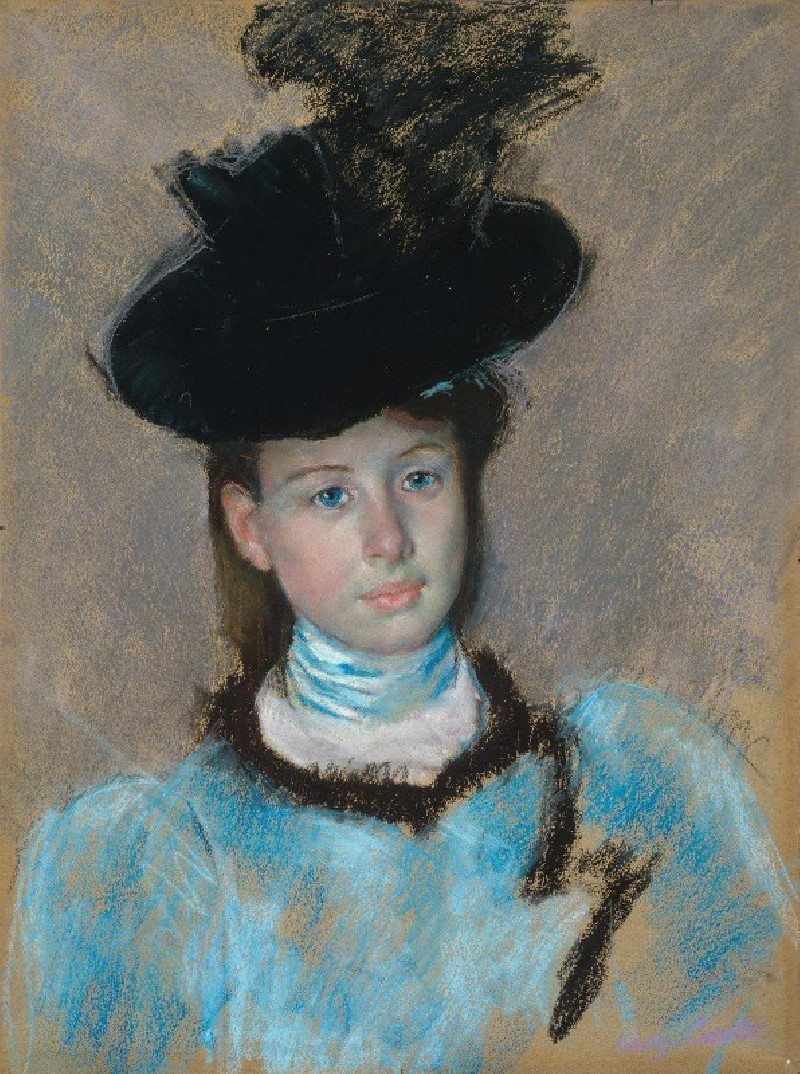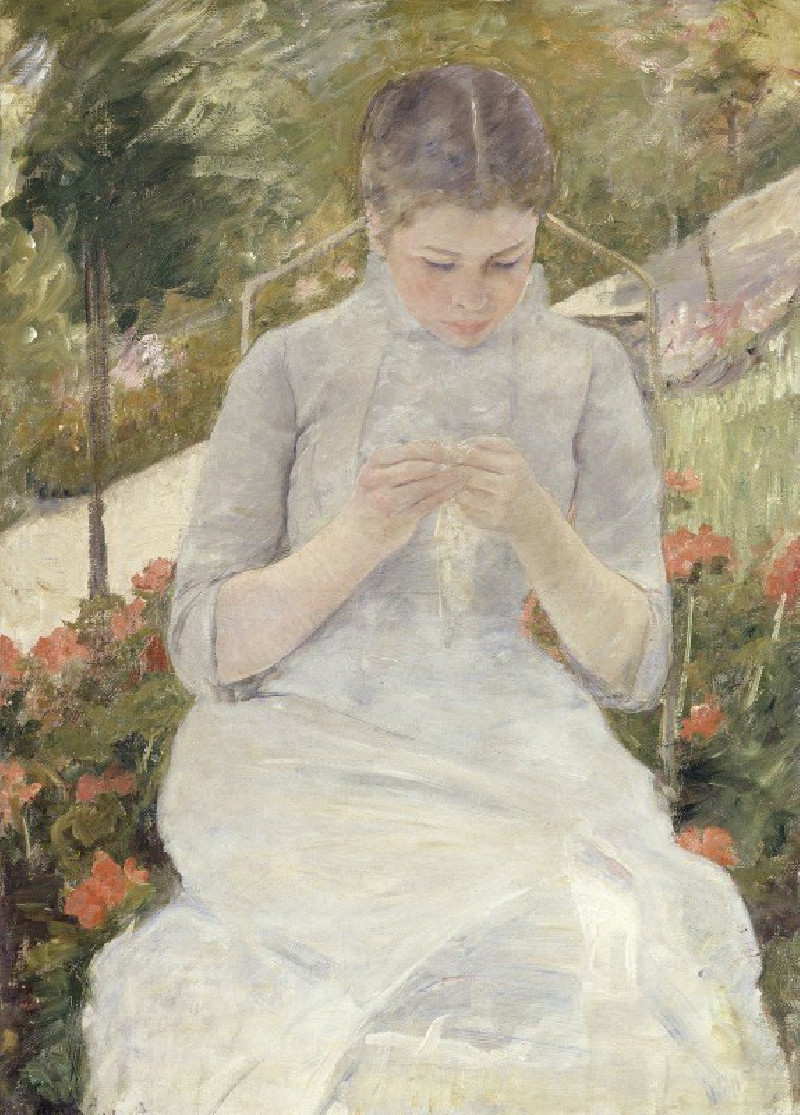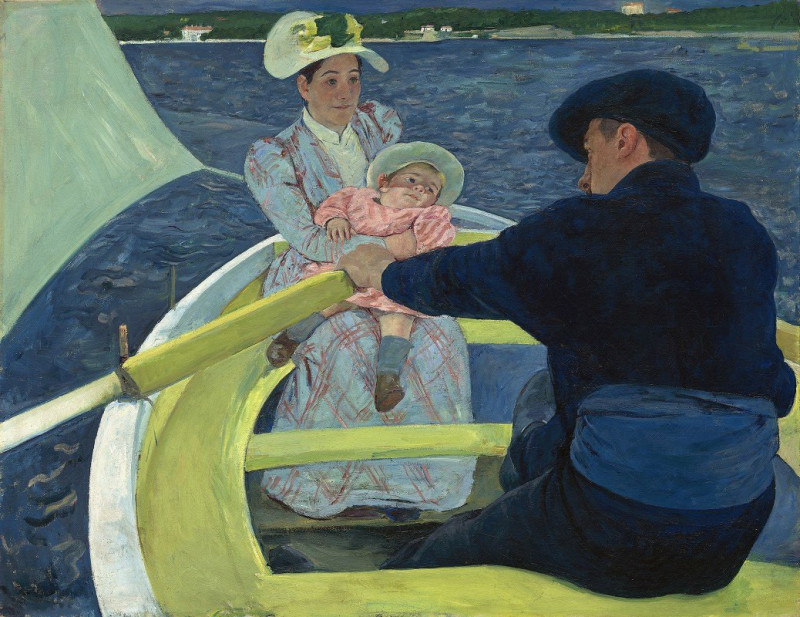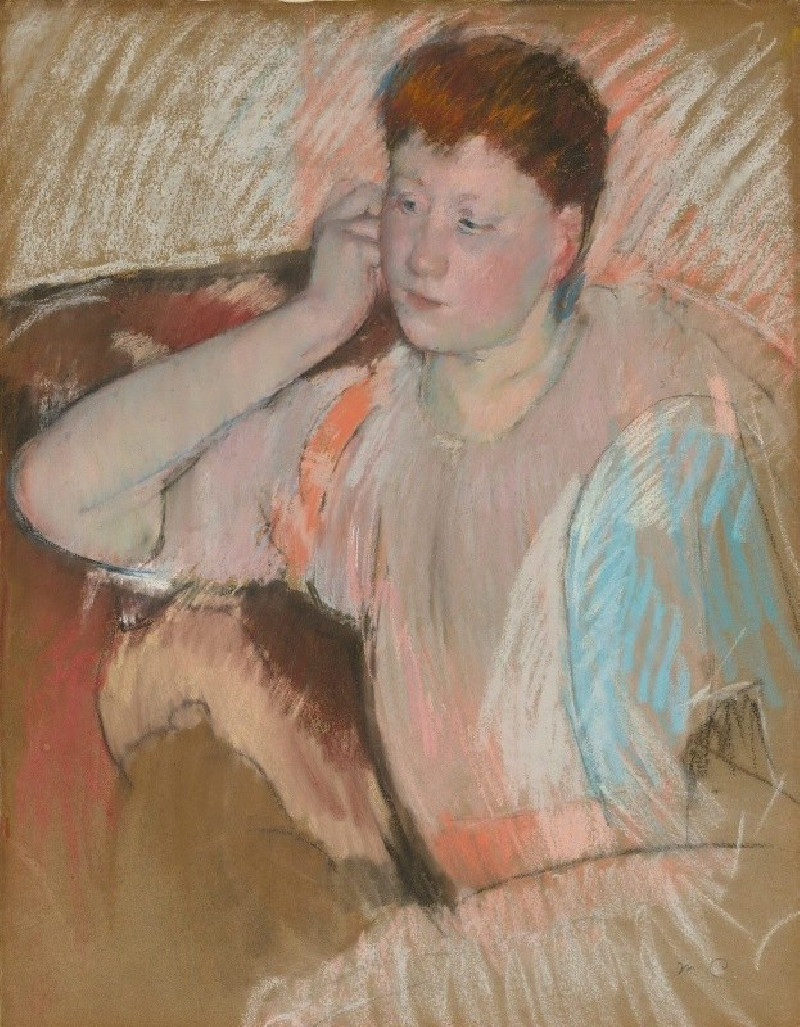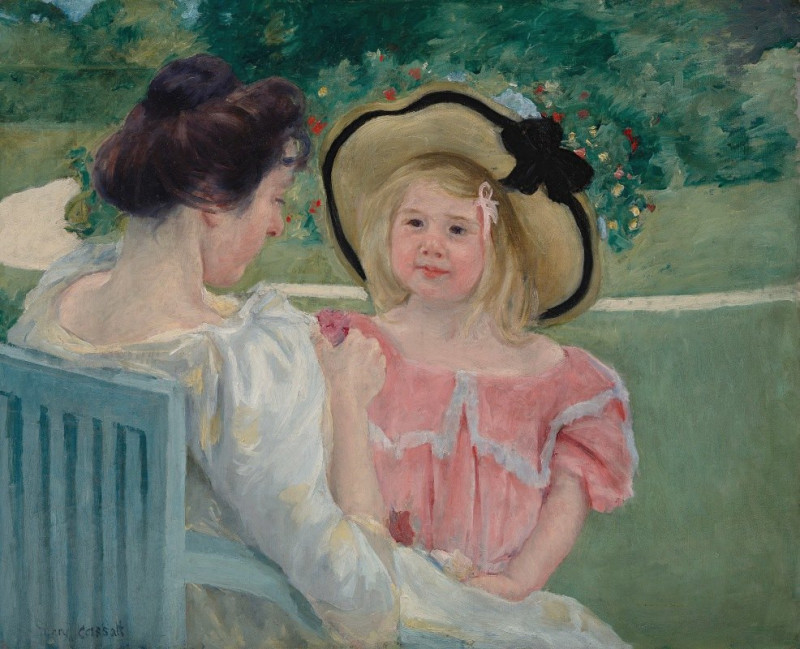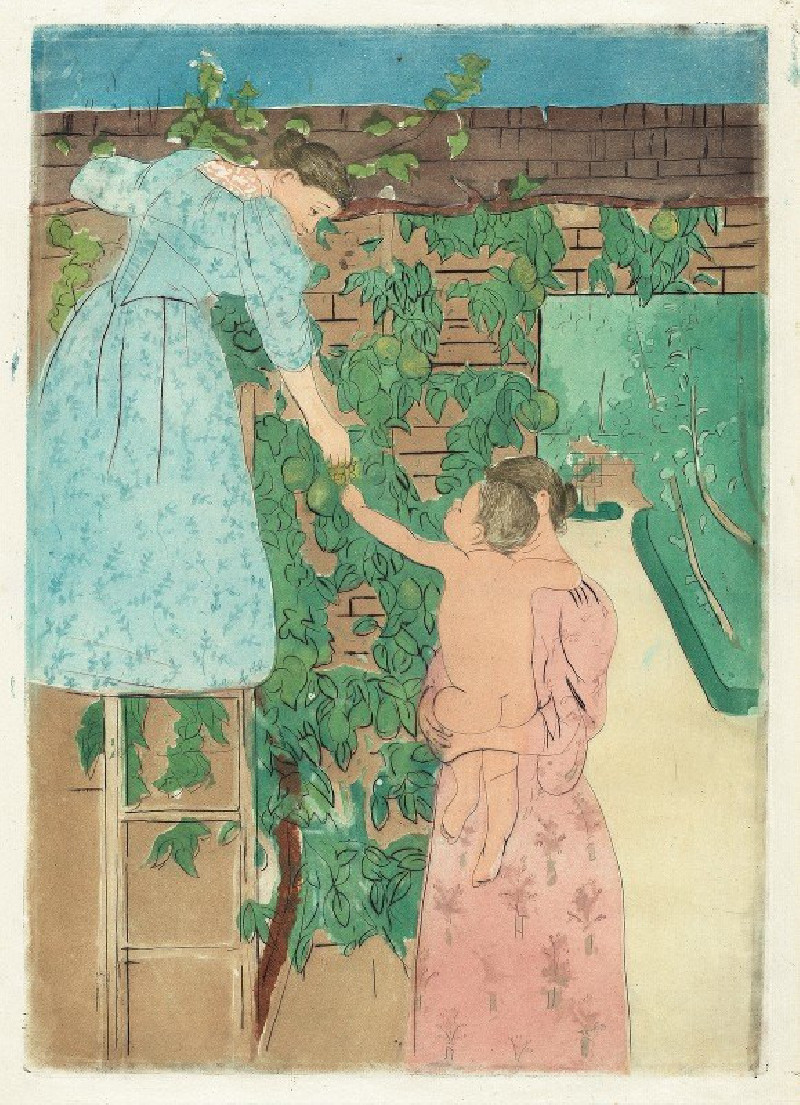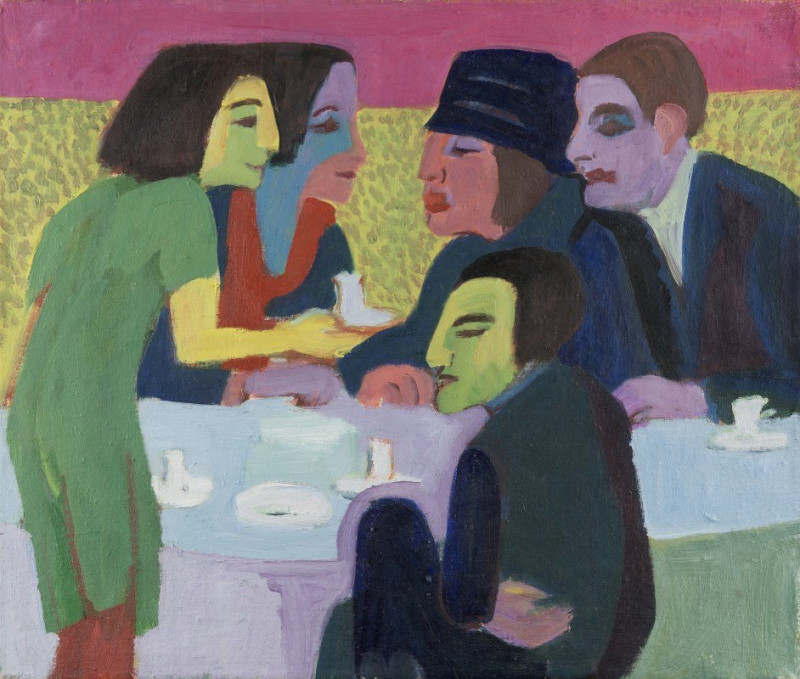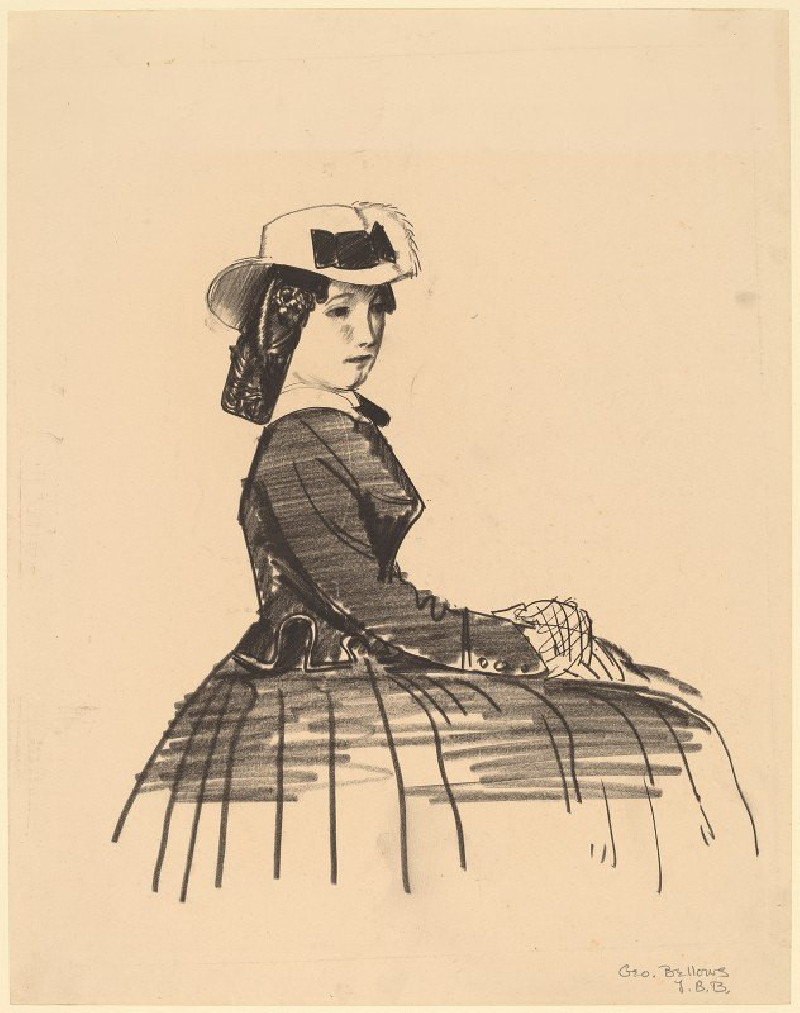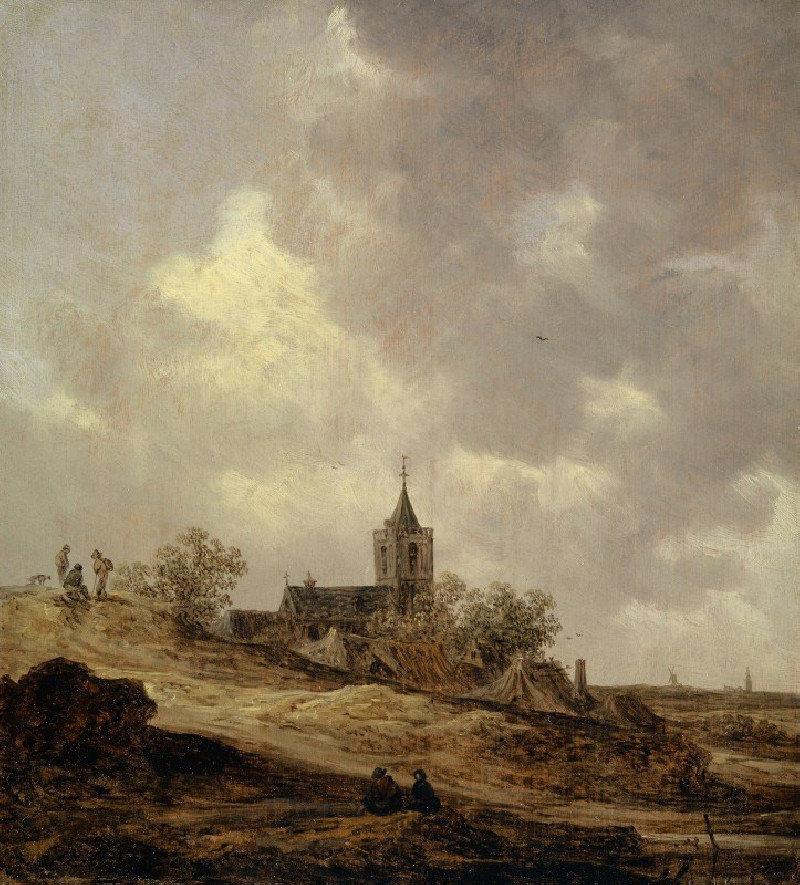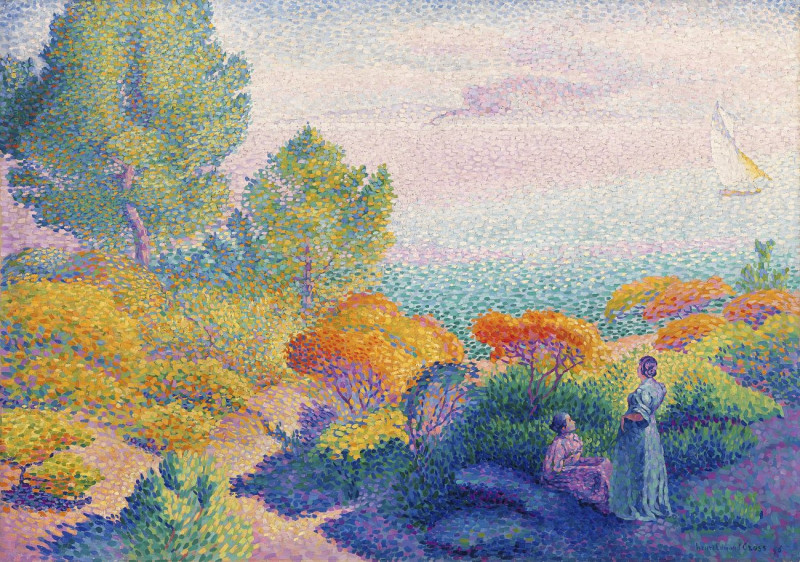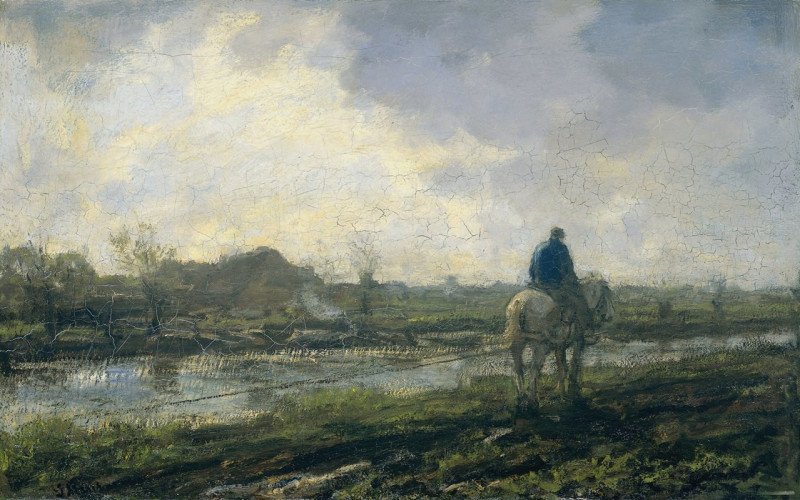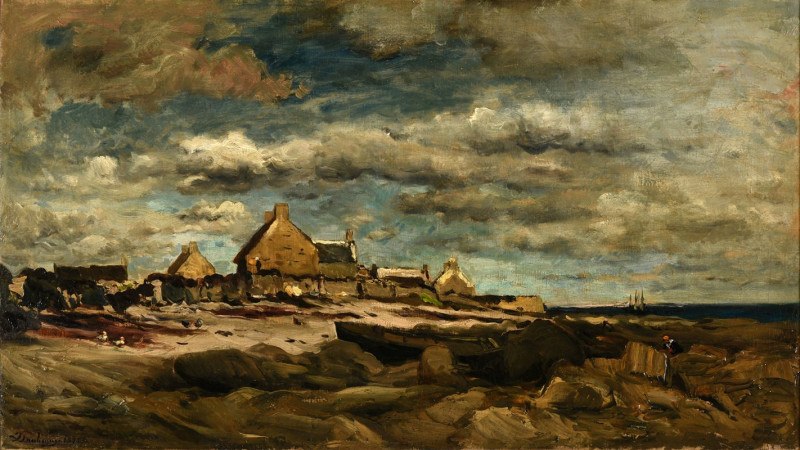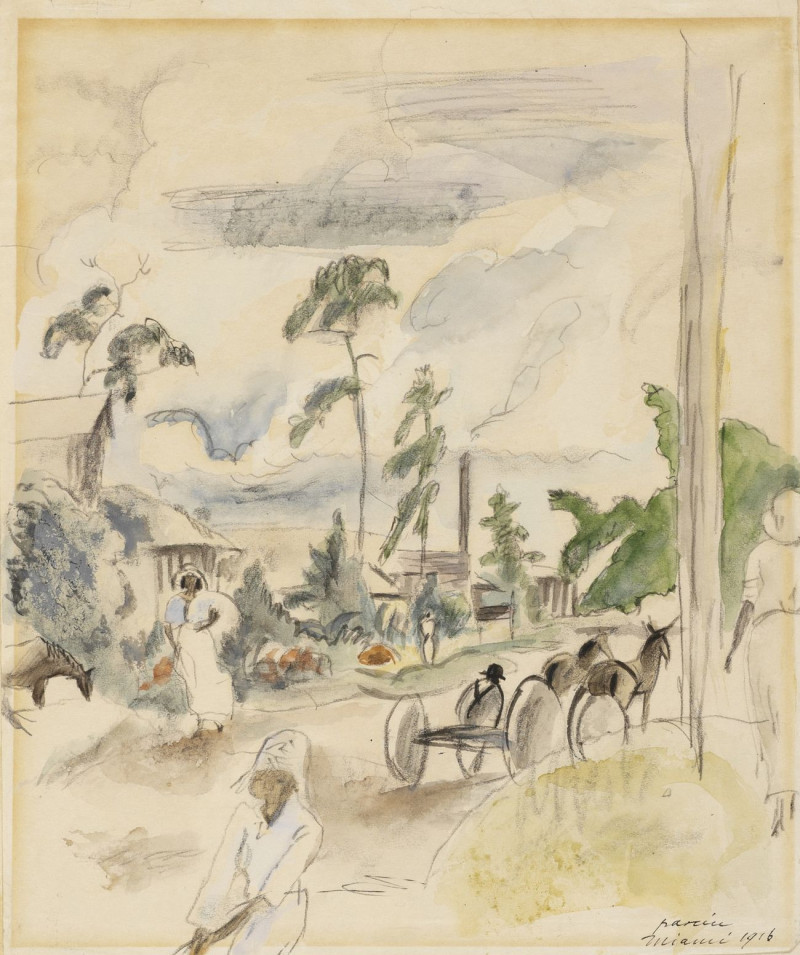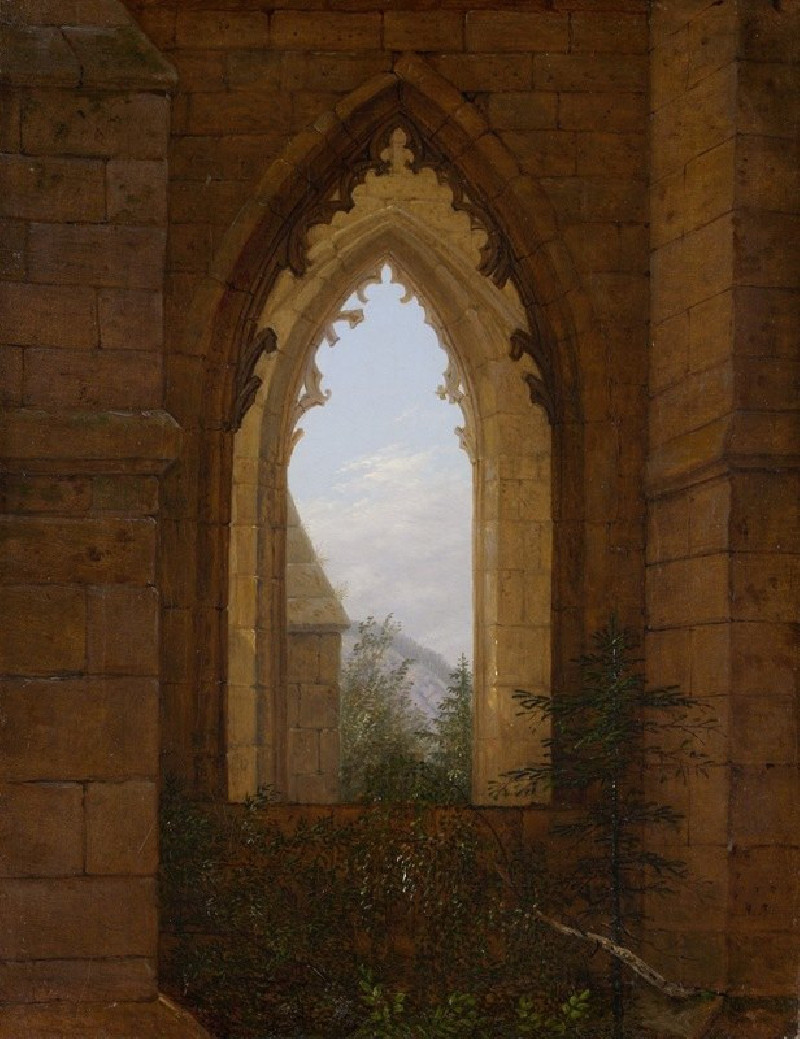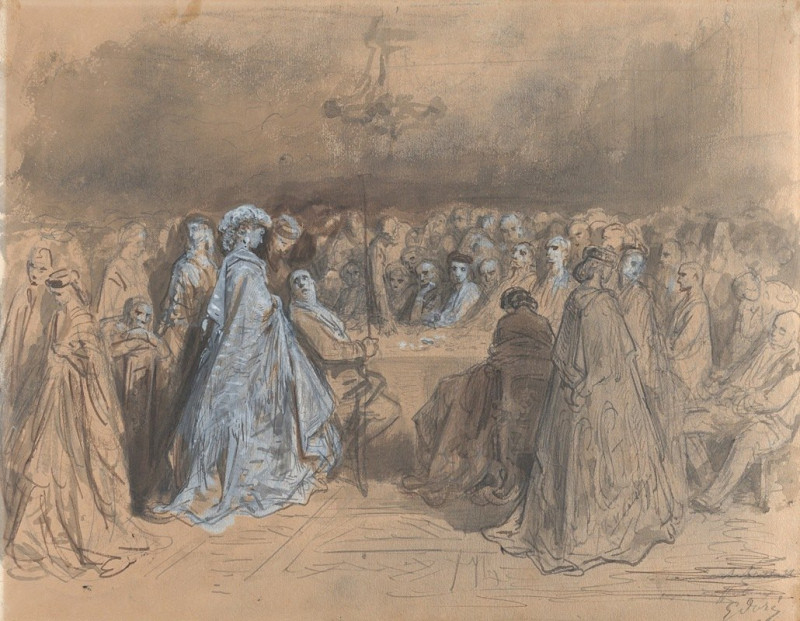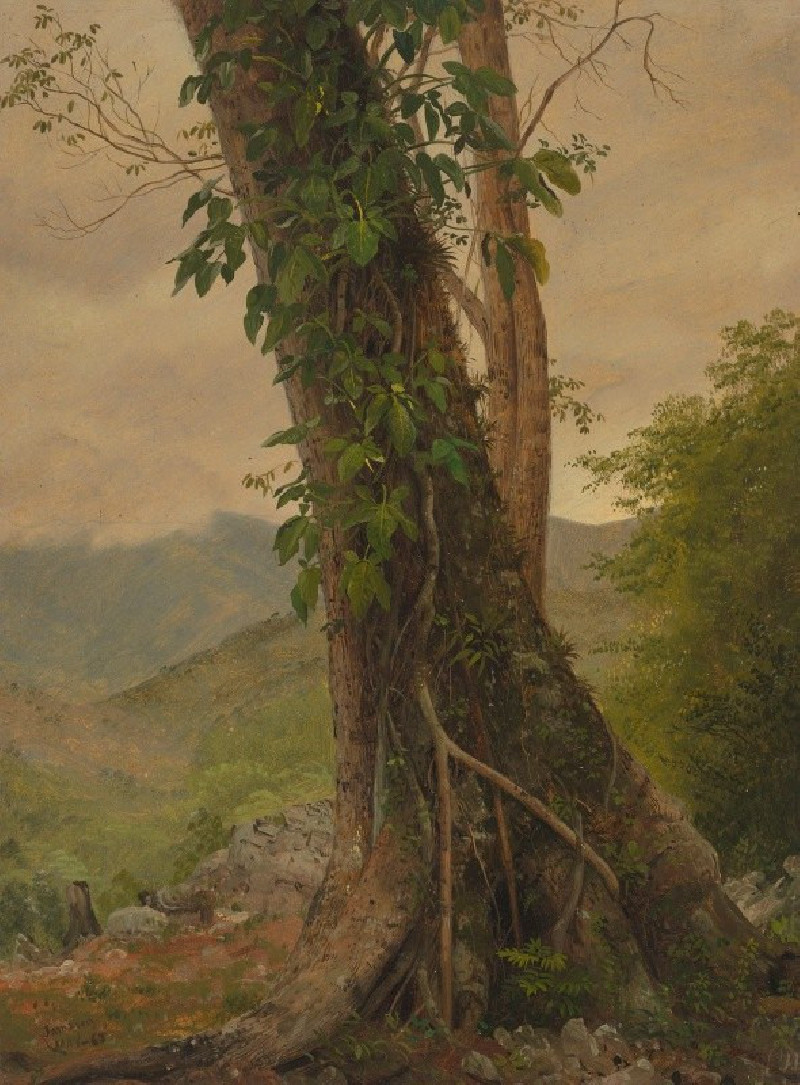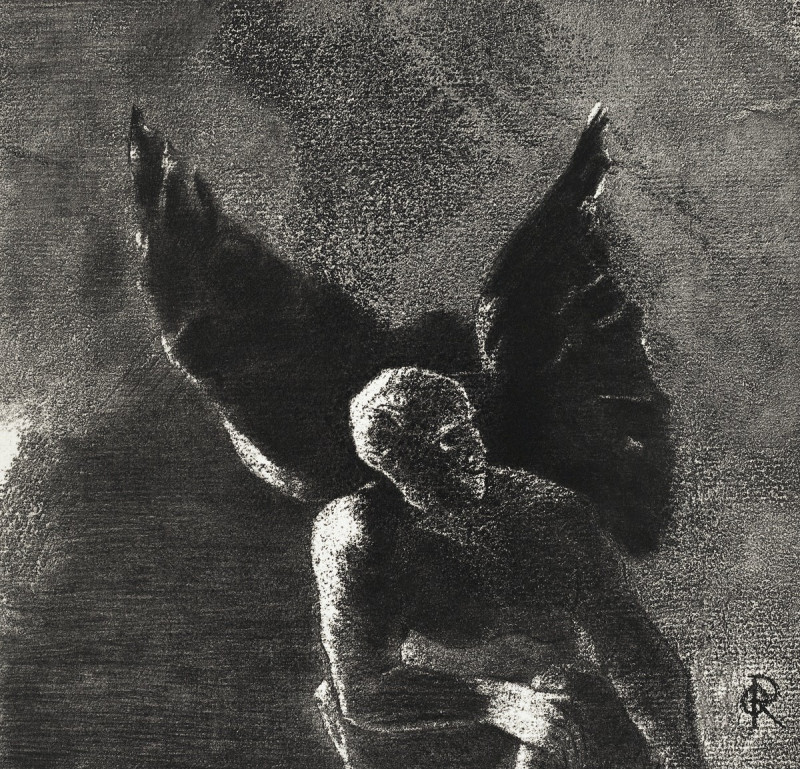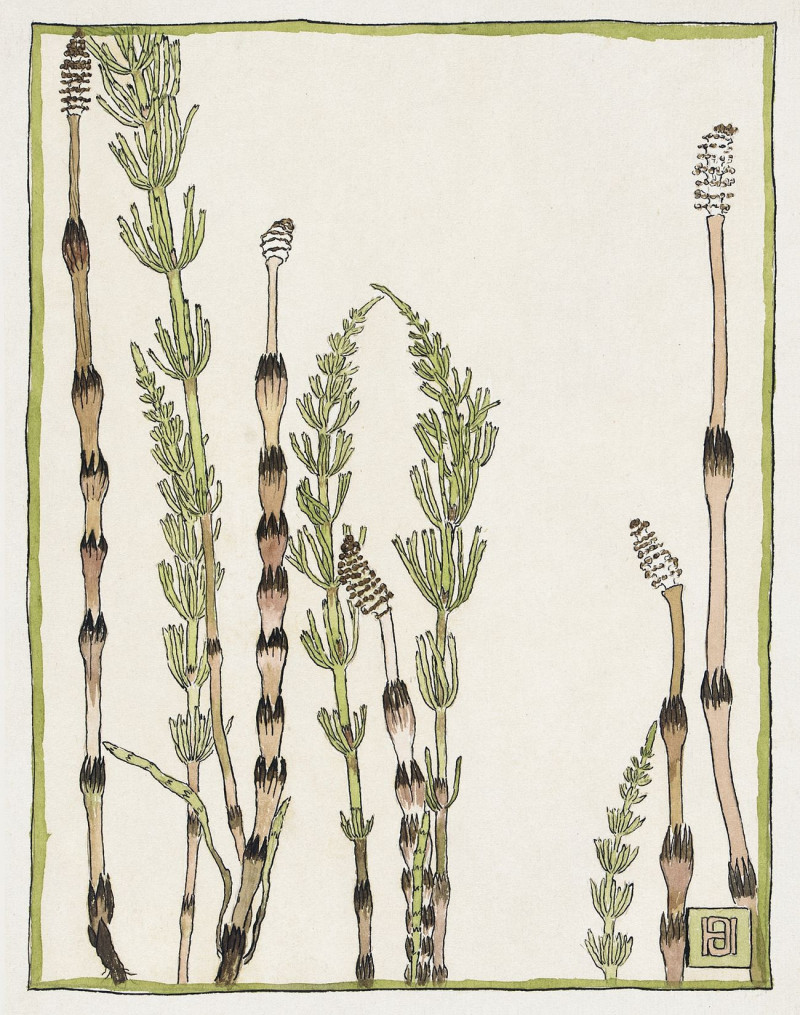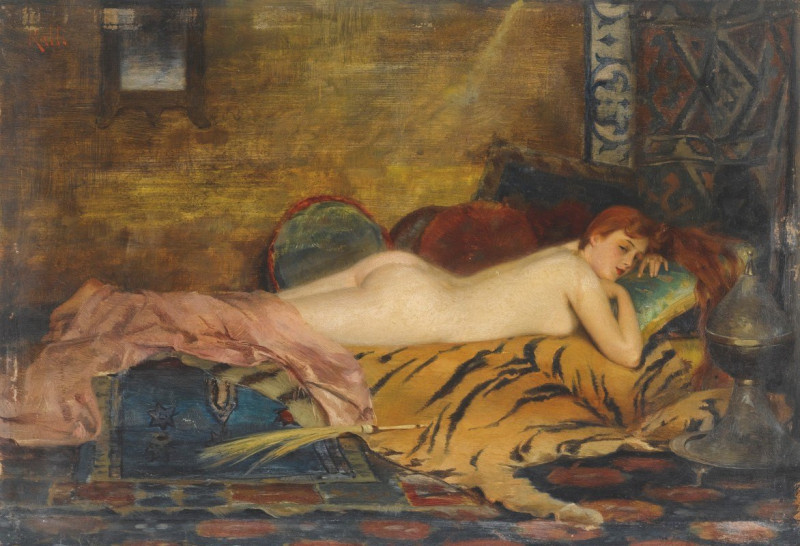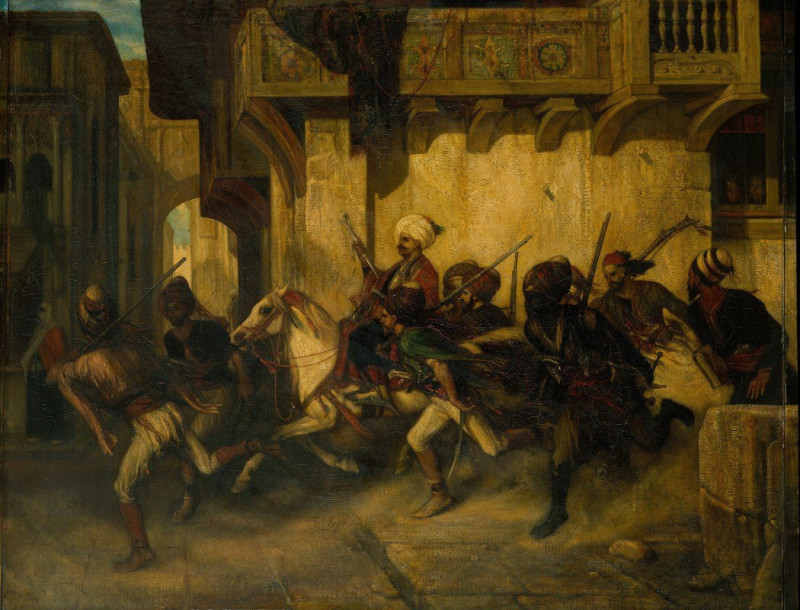Autumn, portrait of Lydia Cassatt
Technique: Giclée quality print
Recommended by our customers
More about this artwork
"Autumn, Portrait of Lydia Cassatt" is a fascinating and vibrant work by the American artist Mary Cassatt, known for her insightful portraits and involvement with the Impressionist movement. In this painting, Cassatt depicts her beloved sister Lydia, who frequently served as her model, visibly showcasing a tender fraternal connection through her art.The scene captures Lydia seated outdoors during the autumn season, surrounded by a lush blur of autumnal colors that reflect the seasonal change. The background is a series of expressive brushstrokes in shades of green, orange, and brown, evoking a sense of the foliage and the brisk ambiance of autumn.Lydia is portrayed wearing a richly colored cloak adorned with intricate patterns that echo the surrounding fall colors, blending her figure into the natural landscape. She wears a hat, typical of the fashion of the time, which adds a touch of elegance and frames her contemplative face. Her expression is introspective, with her gaze directed off-canvas, suggesting a moment of quiet contemplation or observation, likely absorbed in the natural beauty surrounding her.Cassatt's use of color and texture in this painting not only captures the essence of the season but also emphasizes her skill in using brushstrokes to convey both the physical likeness and the psychological depth of her subjects. This artwork is a beautiful example of how Cassatt could merge portraiture with the impressionistic love for capturing fleeting moments and the subtle interplay of light and color.
Delivery
Returns
Picture in the interior
Technique
Giclée quality print
Short description
Giclée quality print.
Mary Stevenson Cassatt was an American painter and printmaker. She was born in Allegheny City, Pennsylvania (now part of Pittsburgh’s North Side), but lived much of her adult life in France where she befriended Edgar Degas and exhibited with the Impressionists. Cassatt often created images of the social and private lives of women, with particular emphasis on the intimate bonds between mothers and children.
She was described by Gustave Geffroy as one of "les trois grandes dames" (the three great ladies) of Impressionism alongside Marie Bracquemond and Berthe Morisot.In 1879, Diego Martelli compared her to Degas, as they both sought to depict movement, light, and design in the most modern sense.

